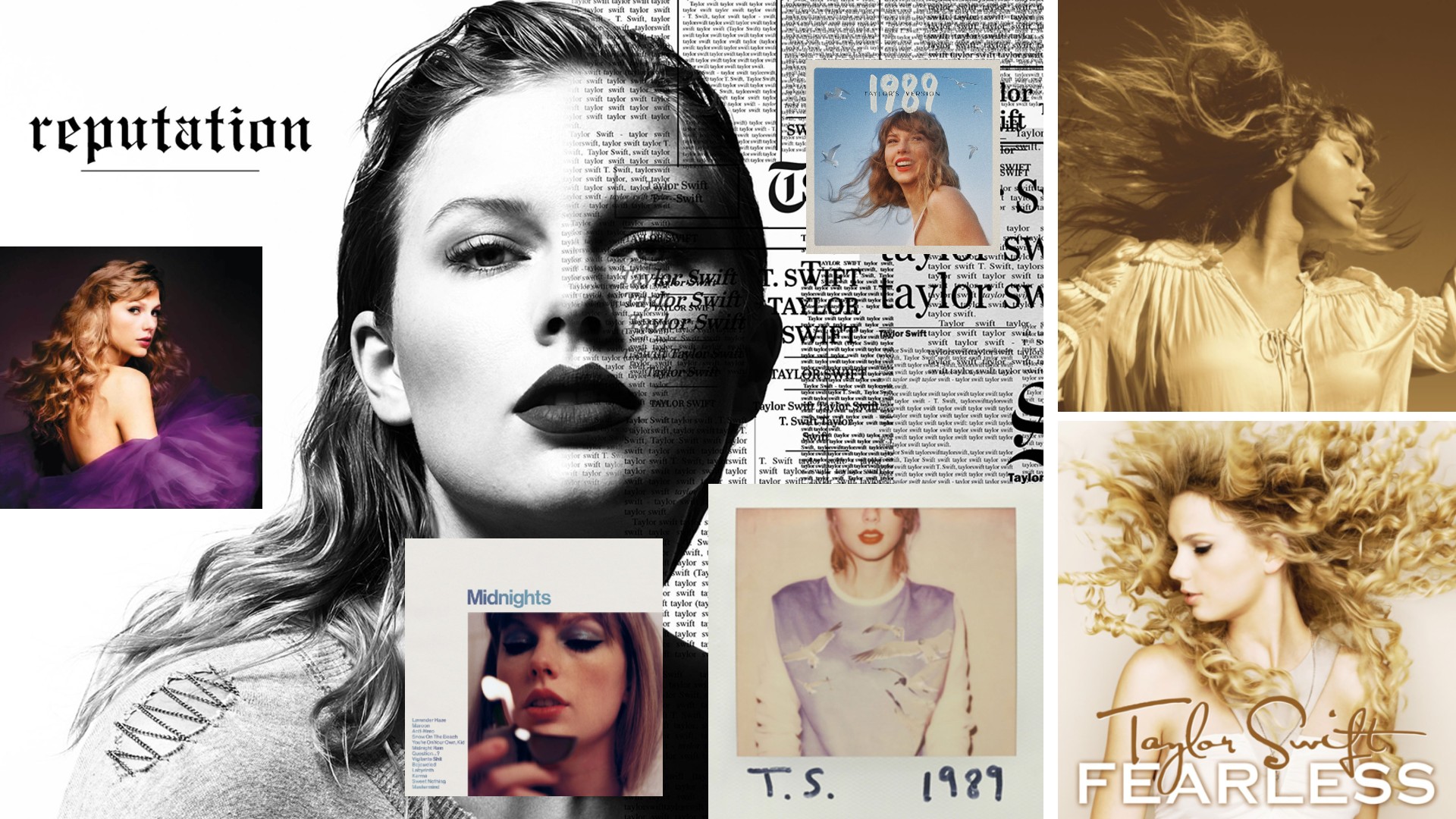Why we need to be worried about the next generation of designers
Is a lack of funding affecting our valuable problem-solving skills?
Tuition fees may be an ongoing political hot potato for the UK government but, according to Sheffield Hallam University's Pam Bowman and Matt Edgar, design needs investment at a more grassroots level...
Keeping the UK economically competitive, globally attractive and culturally enriched involves having a dynamic and inclusive creative education system. A strong and well-funded arts education base is a sure sign of a thoughtful and progressive society.
Decisions made about the value of art and design in the curriculum at primary and secondary school may have more impact on the popularity and value of design and visual communication at degree level than tuition fees ever could.
Within higher education we want the strongest, most talented and brightest students in our subject areas, but are worried that school-age children are already being put off from creative disciplines.
Changing value of design
The challenge facing the new government is how they nurture and secure the strengths of the creative industries and exploit the wider economic and cultural value it adds.
It's worrying that at present it's not in the interest of schools to focus on art and design subject areas. The checks and measures in place that influence league tables rely on high achievement in other areas.
Counts of pupils heading towards Russell Group universities, for example, were studying practical subjects – and those more often studied in the old polytechnic system are rare.
We firmly believe in the idea that creative subjects at all levels of education promote inventive and unusual approaches to problem-solving in all aspects of life and are the basis of valuable transferable skills. In short, they benefit all our kids, not just those heading towards a career in design.
Decline in higher level studying
What is startling is that whilst there has been decline in those taking subjects in art and design at GCSE and AS level, the workforce of the sector has grown four times faster than the UK's workforce as whole.
The cultural and creative industries are estimated to have contributed £76.9 billion of global Gross Value added (GVA) in 2013. The election result may change the way students pay for their education and the number of students that feel the investment is worthwhile.
But the nature of students hasn't actually changed as much as expected over recent years. Applications to university are still high, and graphic design and related subjects are still popular.
Adapting to change
In the last two decades we have moved from teaching the lucky and funded few, to large cohort sizes, higher fees and vast student loans.
Lecturers have had to be adaptable and inventive to better support students towards a different employment landscape, greater competition and often unpaid placements or internships.
However, building strong relationships with industry – and being responsive to its demands – does create exciting opportunities for students, and results in successful careers.
The one thing guaranteed following an election is change, but we're getting good at dealing with that.
Words: Matt Edgar is course leader for graphic design, and Pam Bowman is principal lecturer and subject group leader for visual communication at Sheffield Hallam University.
Illustration: Żaneta Antosik
Are you worried about the next generation of designers? Let us know in the comments below.
The full version of this article first appeared inside Computer Arts issue 240, a self-promotion special. Get up to 55 per cent off a subscription to CA here.
Liked this? Try these...
- 7 ways to get commissioned by MTV
- The ultimate guide to image resolution
- The ultimate guide to logo design

Thank you for reading 5 articles this month* Join now for unlimited access
Enjoy your first month for just £1 / $1 / €1
*Read 5 free articles per month without a subscription

Join now for unlimited access
Try first month for just £1 / $1 / €1
Get the Creative Bloq Newsletter
Daily design news, reviews, how-tos and more, as picked by the editors.

The Creative Bloq team is made up of a group of art and design enthusiasts, and has changed and evolved since Creative Bloq began back in 2012. The current website team consists of eight full-time members of staff: Editor Georgia Coggan, Deputy Editor Rosie Hilder, Ecommerce Editor Beren Neale, Senior News Editor Daniel Piper, Editor, Digital Art and 3D Ian Dean, Tech Reviews Editor Erlingur Einarsson, Ecommerce Writer Beth Nicholls and Staff Writer Natalie Fear, as well as a roster of freelancers from around the world. The ImagineFX magazine team also pitch in, ensuring that content from leading digital art publication ImagineFX is represented on Creative Bloq.
